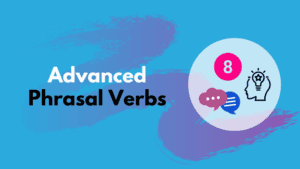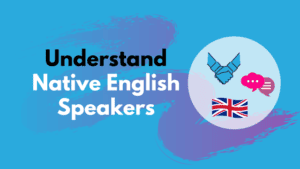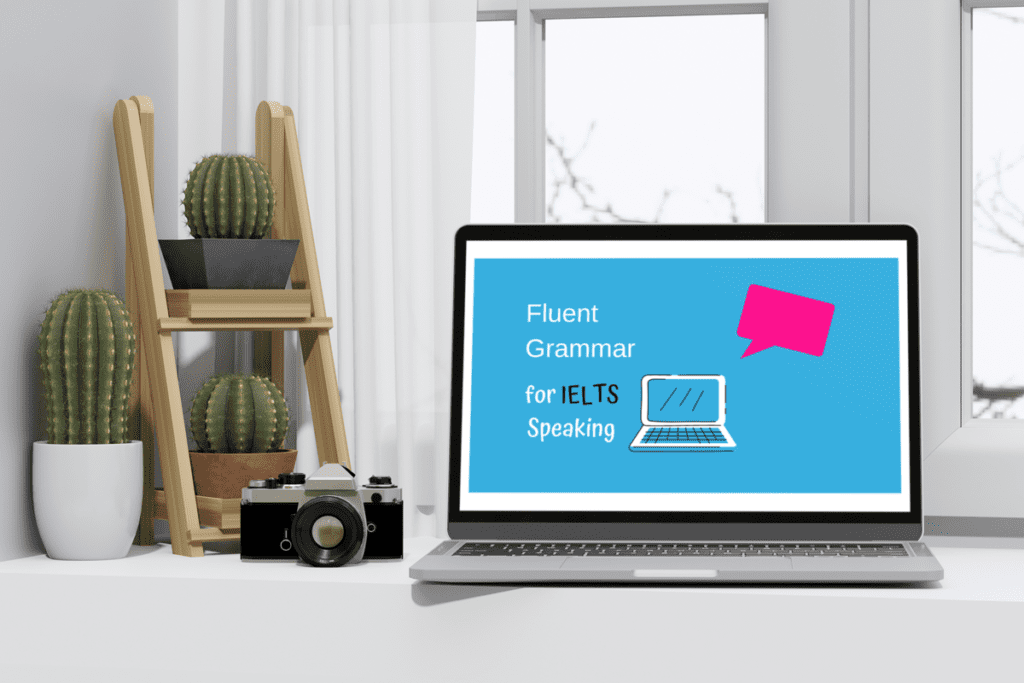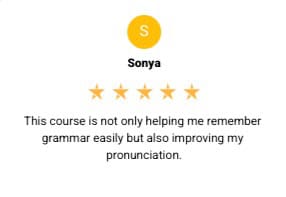IELTS Speaking Part 2: Cue Card Topics and Tips
Table of Contents
Preparing for the IELTS Speaking Part 2 cue card can feel daunting, but with the right strategies, you can approach it with confidence and improve your speaking skills. In this post, we’ll dive into common IELTS Part 2 cue card topics, and effective techniques to help you organise and give better answers. Whether you’re aiming for a Band 7 or higher, these insights will give you the edge you need to impress your examiner.
Common Cue Card Topics
The cue card in IELTS Speaking Part 2 is your chance to showcase your speaking skills for 1-2 minutes on a given topic. Here are some of the most common IELTS Speaking Part 2 cue card topics you might come across:
Describe a Person
Describe a person who inspires you.
You should say,
Who it is
How you know about them
What they do
And explain how they inspire you
Sometimes this kind of part 2 cue card question will focus on a particular kind of person, so make sure you read it carefully. It could be a friend, a well-known person, a teenager, an old person, a person you know and so on.
Notice the difference between ‘a person you know’ and ‘a person’. If the question asks to describe ‘a person who inspires you’ – you could talk about your Dad, a friend or even a famous person, like Elon Musk.
However, if the question asks to describe ‘a person you know who inspires you’ – you could not talk abut famous people like Elon Musk (unless of course you happen to be friends with Elon Musk!)
TIP #1 Develop your answer using the 3 bullet points in the cue card
IELTS actually make it easy for you – they give you detailed bullet points to follow. You don’t have to use these, but they can be great guide to help you develop your answer. Don’t just say one sentence, give more details for each one.

Describe an Event
Describe a wedding you went to
You should say,
- Who got married
- When it was
- What you did there
And explain what you thought about it
Events will include occasions like a wedding, a party, a conference, a trip and so forth. They may also include experiences where the question begins with the following:
- Describe a time when _____
- Describe a time when you were stuck in traffic
- Describe a time when you were bored
What if you have no experience of that event? Don’t worry, if you can’t talk directly about it, then talk around it.
TIP #2 If you have no experience of that event, talk around it.
So if you have never been to a wedding, explain why not and talk about related things, such what it might be like to go to a wedding. It’s better to say something, rather than nothing. The following phrases might be useful:
I’ve never been to a wedding because ____
I would like to go to one because ____
I imagine it would be ____
I suppose if I went to a wedding I would ____
I think a wedding would be _____
Describe an Object
Describe a gift you received that you didn’t really like
You should say,
- What it was
- Who gave it to you
- Why you didn’t like it
And explain what you did when you got the gift
TIP #3 – Read the question carefully and identify the key words.
For example in the cue card above, the key words are, ‘gift’, ‘received’, ‘didn’t really like’. So you need to make sure you are answering that question. IELTS often keep the same topics, but change the questions slightly. So never assume you know what the question is because you have seen it before. Always check the key words when you are in the exam.

Describe a Place
Describe a city you would like to visit
You should say,
- Where it is
- How you know about it
- Who you would go with
And explain why you want to visit it
Places can include many different kinds of places, from the big to the small. It could be a country, a city, an old building, a library, a museum, a restaurant, a street market or even a room.
TIP #4 – Read the question carefully and notice the tense
In the question above, the tense is conditional, a city you would like to visit. It is not one you visited in the past, or one you plan to visit. Noticing the tense, will help guide you on the main tense to use in your answer. However, it doesn’t limit you to only one tense. You can still use different tenses in your answer, as in the phrases below.
I would like to visit ____
I have never visited this place before
It would be great to go there
I will hopefully have a chance to go there sometime
Describe an Activity
Describe a hobby you used to have but no longer do
You should say,
- What it was
- When you did it
- Why you stopped
And explain how you feel about that now.
Activities can typically include, a hobby, an exercise, a routine or even a skill.
TIP #5 – If you finish talking early, give another example.
If in the example above, you finish talking about a hobby such as playing football, after just one minute, then talk about a second hobby. The key is to keep talking and this way, you will still be ‘on topic’.
Techniques for Organising Your Part 2 Answer
When you are given a cue card, you have one minute to prepare. Make the most of this time by choosing your example (i.e. the person, event, object, place or experience you will talk about) and then focusing on 3 things to talk about in your answer.
You can talk about the 3 bullet points on the Cue Card, or you can make up your own points.
Here are three steps you can then take to give a good answer.
1. Give a short concise introduction
Do not give a background introduction talking about the topic in general terms. This will probably confuse the examiner.
Instead, I recommend you directly introduce what you are going to talk about. Say something like,
The person I am going to talk about is ____
2. Develop your answer
The mistake many students who are new to IELTS make is they just give one sentence for each bullet point. This is too short. You need to talk for at least one and a half minutes, so you must develop each point a little. Here are some things you can do:
- Use adjectives to describe things
- Give examples
- Be specific
- Be anecdotal
- Tell a story
- Reveal things about your real life
- Talk about your feelings
- Use signposts (firstly, talking about when it was, finally…)
- Use connectors (and, but, so, after that, then …)
Finally, avoid reading aloud the bullet points.
For the following bullet points, you could use connectors, like the examples below:
- What it is
- What it does
- Why it’s useful
First of all, let me tell you a bit more about what it is…
Talking about what it does …
When it comes to why it’s useful, I’d say …
3. Give a brief conclusion
It is not essential to give a conclusion in IELTS Speaking. However, if you are in good control of your time, you can give a short sentence to conclude and it can have a positive effect. It may even be something as simple as,
Yeah, so that’s it. That’s the tool that I regularly use in my home.

Model Part 2 Answer
Describe a tool you use in your home.
You should say,
- What it is
- What it does
- Why it is useful
Explain how you feel about it
The tool I’d like to tell you about is a pair of scissors. It’s a very special pair of scissors that I bought a few weeks ago in a local hardware shop. They’re quite big – larger than the normal size with an extra large ergonomic handle made out of plastic which makes them really comfortable for using. They weren’t cheap either.
Talking about what they do, clearly scissors are used for cutting materials like paper, plastic even wires maybe. As for me, I use them for cutting card and paper. The reason is that I’m a teacher, so I spend a lot of time cutting up flashcards and and sticking things together – so scissors, they come in really handy – in fact I’d go as far as to say, they are an essential.
When it comes to the reason they are useful, well as I just mentioned, I use them for work, but they are very useful because they save me time – also the fact that they are comfortable means that I can use them for a long period of time without any aches in my hand. Also anybody in the house can use them, although we do have to be careful with our baby daughter and make sure that they are kept out of reach from her, so she doesn’t cut herself.
Yeah, so that’s it. That’s the tool that I regularly use in my home.
Conclusion
Now you know the most common categories and you have a 3-step process to create great part 2 answers, go and find some Cue Cards and start practicing.
Let us know in the comments below, what has been the most challenging cue card you have seen?

Improve your Speaking Skills with this Free Course
Crack IELTS Speaking Part 1
Learn to Speak with Confidence in Part 1 of Your IELTS Test!
⭐️⭐️⭐️⭐️⭐️
‘It’s such a great course. I’ve learned so many usages for speaking part 1.’
Zu Htet






3 thoughts on “IELTS Speaking Part 2: Cue Card Topics and Tips”
Fantastic post! Your insights and detailed explanations really helped deepen my understanding of this topic. Looking forward to more content like this.
Thank you, Keith. You are a nice teacher.
My pleasure!